If you’re a facility manager, you’re probably feeling the pressure of rising skilled labor costs eating into your maintenance budget. You’re not alone. The construction and maintenance industries are facing a labor shortage that’s driving up wages. In fact, the Associated Builders and Contractors estimates that the U.S. construction industry needs to add 439,000 workers in 2025 just to keep up with demand.
So what does that mean for you? Higher costs, longer wait times for service, and more strain on your maintenance budget. But don’t worry—there are ways to keep costs under control without sacrificing quality.
How Rising Labor Costs Impact Facility Maintenance
Let’s break it down. The skilled labor shortage means:
- Higher hourly rates – With fewer workers available, technicians can charge more.
- Longer wait times – You may find yourself waiting days or even weeks for essential repairs.
- Increased competition – Companies with deeper pockets snap up the best vendors, leaving smaller businesses struggling to find reliable service providers.
A report by FacilitiesNet points out that rising labor and material costs are one of the biggest challenges in facility budgeting right now. So how do you manage these costs without cutting corners?
5 Smart Strategies to Keep Your Maintenance Budget in Check
1. Shift to Preventive Maintenance
The days of waiting for something to break before fixing it are over. A preventive maintenance plan can cut costs by up to 40% compared to reactive maintenance. Regular check-ups and servicing extend the lifespan of your equipment and reduce emergency repairs, which are always more expensive. If you’re not already using recurring maintenance strategies, now’s the time to start. Learn how recurring maintenance can save you money.
2. Use Technology to Automate Workflows
Still relying on outdated spreadsheets and phone calls to schedule repairs? That’s costing you time and money. Facility managers using automated maintenance platforms can reduce administrative costs and improve vendor response times. Tools like IoT (Internet of Things) sensors can monitor equipment in real time, predicting failures before they happen. Investing in the right tech can mean fewer service calls and lower labor costs. See how IoT solutions can streamline facility maintenance.
3. Optimize Vendor Relationships
Not all vendors are created equal. Without proper oversight, you might be overpaying for services, experiencing delays, or dealing with inconsistent work quality. A solid vendor management strategy can help you track performance, negotiate better contracts, and eliminate unnecessary costs.
4. Train and Retain In-House Staff
Hiring outside vendors for every little issue can drain your budget fast. Investing in staff training can help your team handle basic maintenance tasks in-house, reducing your reliance on expensive third-party technicians. The more skilled your in-house team is, the less you’ll have to spend on outsourcing.
5. Reduce Energy Costs
Facility maintenance isn’t just about fixing things—it’s also about preventing waste. A huge chunk of operational expenses comes from inefficient energy use. Upgrading to energy-efficient lighting, optimizing HVAC systems, and using smart building technology can lower costs in the long run. The less energy your building wastes, the more room you have in your budget for essential repairs and upkeep.
Final Thoughts
Yes, skilled labor costs are rising, but that doesn’t mean your facility maintenance budget has to spiral out of control. By shifting to preventive maintenance, leveraging automation, managing vendor relationships, training your staff, and improving energy efficiency, you can keep costs in check and maintain a smooth operation.Want to take control of your facility maintenance costs? Explore smarter maintenance solutions today.















